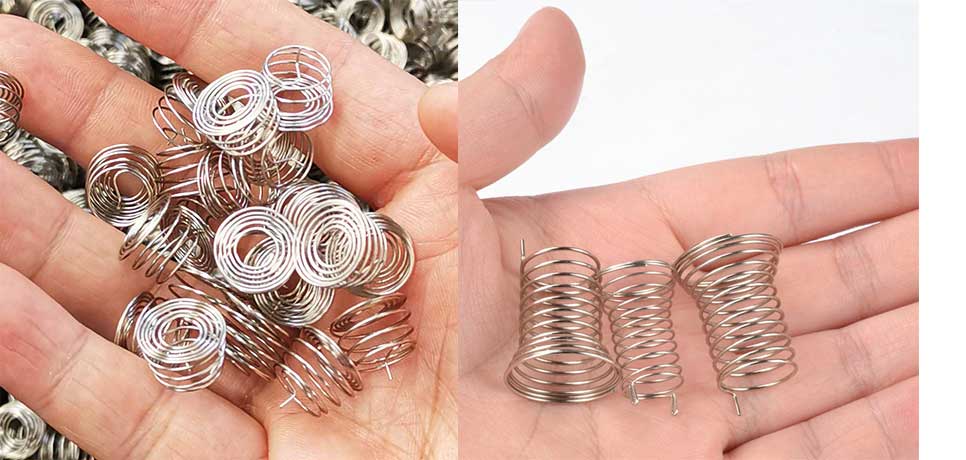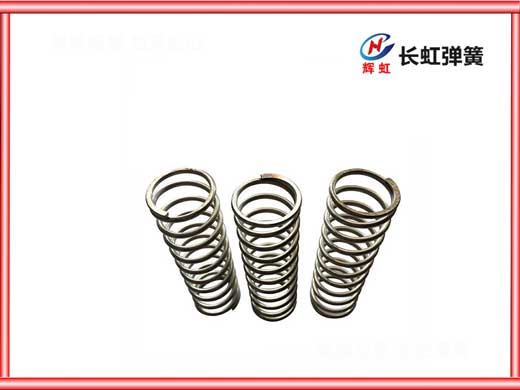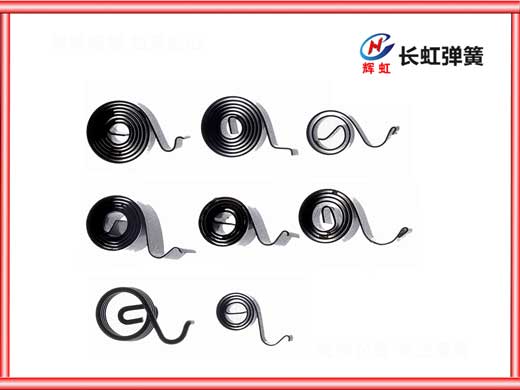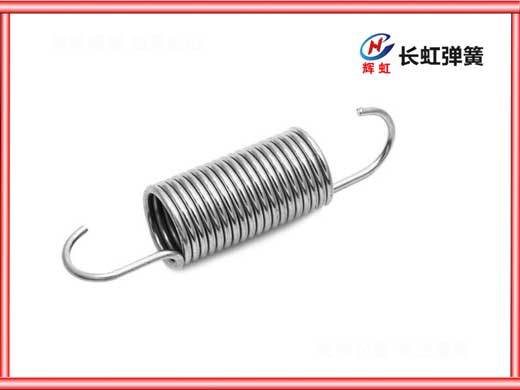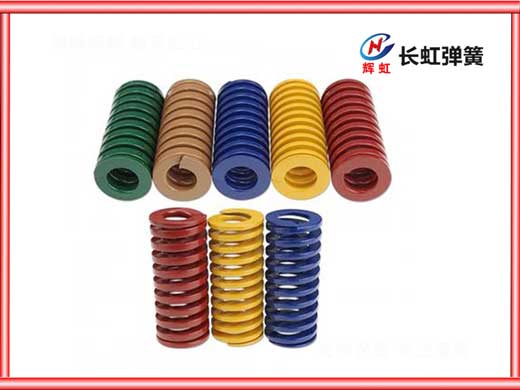Touch-sensitive keys are a new application of multimedia technology. Moreover, the touch-sensitive buttons are not only beautiful and fashionable, but also have the advantages of long life, low power consumption, low cost, small size, and durability. Currently, most smartphones use capacitive touch-sensitive buttons.
How touch-sensitive buttons work:
Touch-sensitive buttons work differently depending on the type. From the working principle, they can be divided into two categories: resistive touch buttons and capacitive sensing buttons. The principle of the capacitive touch button is that the human body senses capacitance to detect whether the mobile phone is present. If there are fingers, it will induce a certain amount of current, so that the smart phone can be operated. To put it simply, when the human body is close to the capacitive button, the current generated by the human body is coupled to the static capacitor, and the capacitance value of the button reaches the maximum. At this time, the changing capacitance value will transmit and transform the signal. , converting the capacitance signal into some kind of control signal, thereby achieving the function of controlling the smartphone.
The working principle of the resistive type is to use the human body to press the resistor, causing the resistance size to change. The change in resistance will cause the entire circuit signal to change, thereby achieving the effect of controlling the smartphone. But its shortcomings are very big. The pressure must be to a certain extent, otherwise it will not be able to achieve its purpose. This is also a major shortcoming of the resistive touch button, so it will be eliminated by future digital products.
